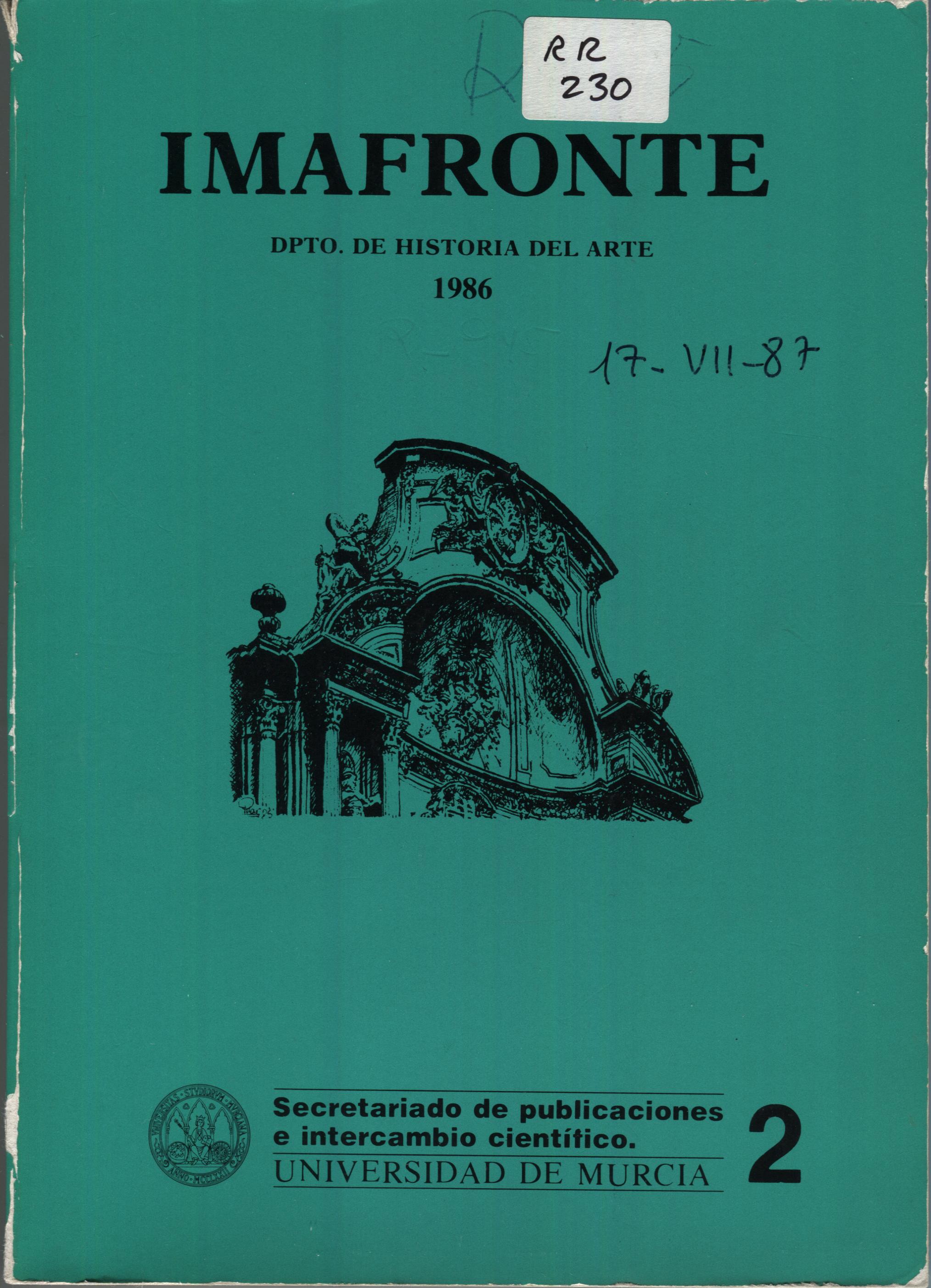NOTAS PARA EL NEOCLÁSICO CORDOBÉS
Resumen
During the second half of the XVIIIth century, Cordova and its province, as well as the rest of Spain, have known the existence r, side by side, of two quite different artistic tendencies on the one hand. the baroque style continued flourishing, although by the middle of the century it started to decline. On the other hand, new tastes began to be displayed, which finally turned towards neoclassicismn mainly encouraged by an enlightened élite both (the clergy and the nobility,.This last tendency finally prevailed, but only slowly and never attaning the bright of the buroque. However its importance may not be denied, because it meant a great effort in the renewal of Cordovan art. The changes towards classicism were launched by foreign artists. such as the Frenchman Baltasar Dreveton, to whom we are indebted for some of the most outstanding constructions of this period. among them the altarpiece of St. Agnes in the Cathedral and the Scholl of St. Victoria, on which Ventura Rodríguez also worked, a master who, owing to this circunstance, appears likewise associated to the initiation of Cordovan neoclassicism. the later prevailed completely in the last years of the, XVIIIth century, during Bishop Caballero y Góngora's lifetime, who founded the Academy of Fine Arts. Another most representative piece of work belongs to this period, the Church of the Oath of St. Raphael, a construction due to local artists, this showing that neoclassicism was no longer in foreigners' or strangers' hands, but had come into the hands of proper natives. In this way it was accepted by the artist of the country and extended until the middle, of the XIXth century.Descargas
-
Resumen336
-
PDF142
Las obras que se publican en esta revista están sujetas a los siguientes términos:
1. Los autores ceden de forma no exclusiva a la revista los derechos de explotación (reproducción, distribución, comunicación y transformación).
2. Las obras que se publican en esta revista están sujetas a la licencia Attribution-ShareAlike 4.0 International (CC By SA 4.0). Por lo que se pueden copiar, usar, difundir, transmitir y exponer públicamente, siempre que:
i) se cite la autoría y la fuente original de su publicación (revista, editorial y URL de la obra), permitiendo así su reconocimiento.
ii) se permite remezclar, transfromar o crear a partir del material mientras se mantenga la misma licencia del original.
3. Condiciones de auto-archivo. Se permite y se anima a los autores a difundir electrónicamente las versiones pre-print (versión antes de ser evaluada) y/o post-print (versión evaluada y aceptada para su publicación) de sus obras antes de su publicación, ya que favorece su circulación y difusión más temprana y con ello un posible aumento en su citación y alcance entre la comunidad académica. Color RoMEO: verde.
























